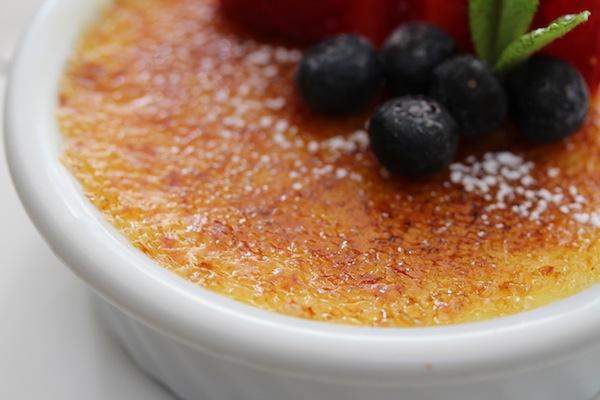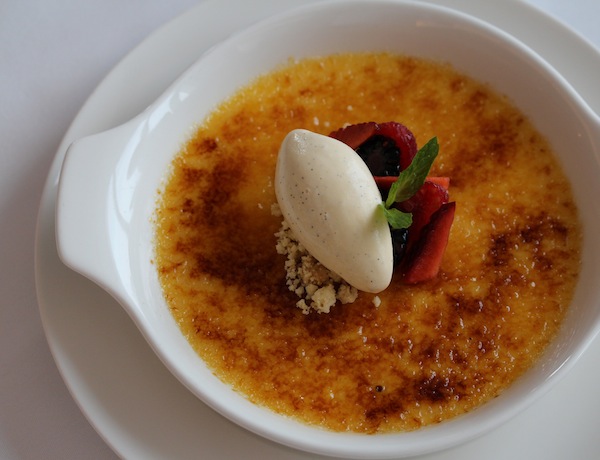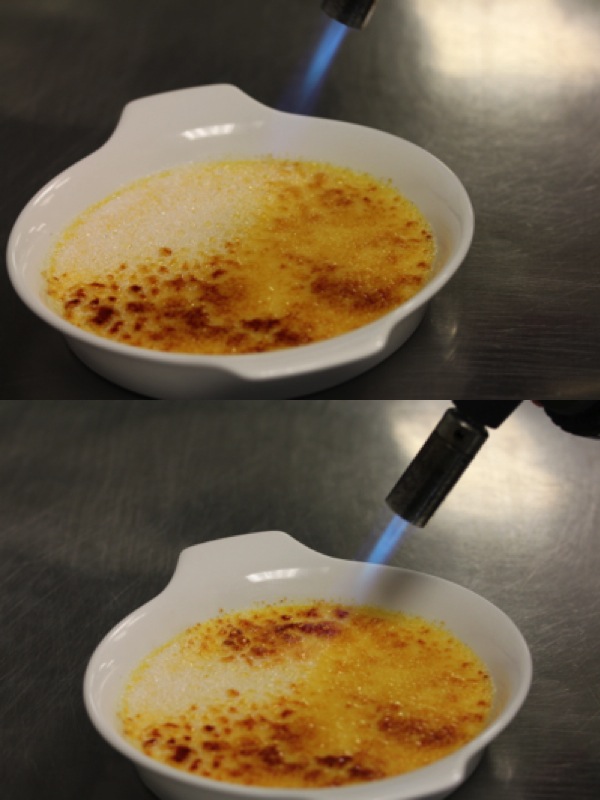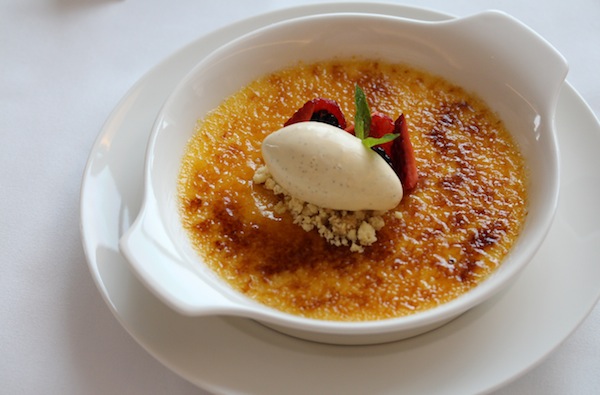I have a love-hate relationship with crème brûlée. In that I love this dessert so much, I hate myself for it.
I love the crackle of its burnt, sugary shell as it envelops the dreamy custard underneath. I love getting to the end when I’m scraping for those slippery, elusive orts at the bottom of the dish speckled with traces of vanilla seed. I even love the way crème brûlée. is spelled, diacritical marks and all – though I really do hate typing it out… that pesky little circumflex in particular.
The name itself denotes a Gallic background. Indeed, one would scarcely walk into a French restaurant these days that doesn’t claim to have a signature crème brûlée, its own magical version of what essentially translates into the unglamorous sounding burnt cream. Yet the true origin is a tad cloudier.
The first printed recipe appeared in a 1691 cookbook by French chef François Massiolot. But many believe the dish to be of English provenance, invented around the 1600s in the kitchens of Trinity College in Cambridge (n.b. the school itself makes no such assertions). Not to be outdone, the Spaniards say their version–called crema catalana–started it all. Although the earliest record of it comes a full century later, they do get full credit for kick starting the current craze.
In the 1980s, New York restaurateur Sirio Maccioni tasted crema catalana in Spain and decided to introduce it at his Manhattan institution Le Cirque. He modernized the dessert by thinning out the sugar shell and serving it in a shallow casserole, but kept the French name to suit his restaurant. Crème brûlée instantly caught on and hasn’t turned back since.
So why all the fuss? At its heart, this is a simple custard of baked egg yolks, cream and sugar. But what gives the crème brûlée its sensuous pizzazz is the thin disc of crunchy toffee on top, achieved in mere minutes by scorching a sprinkling of sugar. It is perhaps this ignigenous step that adds a dramatic flair, even providing dinner theatre if the restaurant chooses to finish off the dessert table side with a propane blowtorch.
The classic recipe calls for the addition of fresh vanilla pods. But it isn’t uncommon these days to find a myriad variation, with the custard infused with everything from earl grey tea and lemongrass to saffron and foie gras. The inner acolyte of tradition in me wants to reject such new fangled flavour eccentricity; but, the truth is, I don’t mind at all.
Because the true test lies in the texture: a silken custard with neither trace of lump nor grain juxtaposed with a paper thin, golden skin that snaps with every hit of the spoon.
Get that right, and what you have is crème de la crème brûlée.
** A version of this article appeared in the magazine Qatar Happening **









